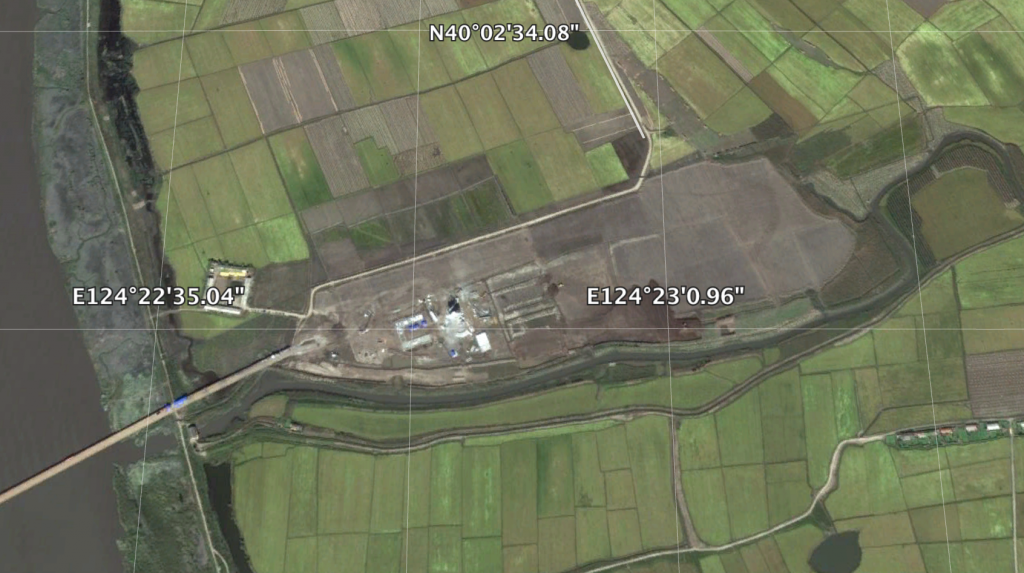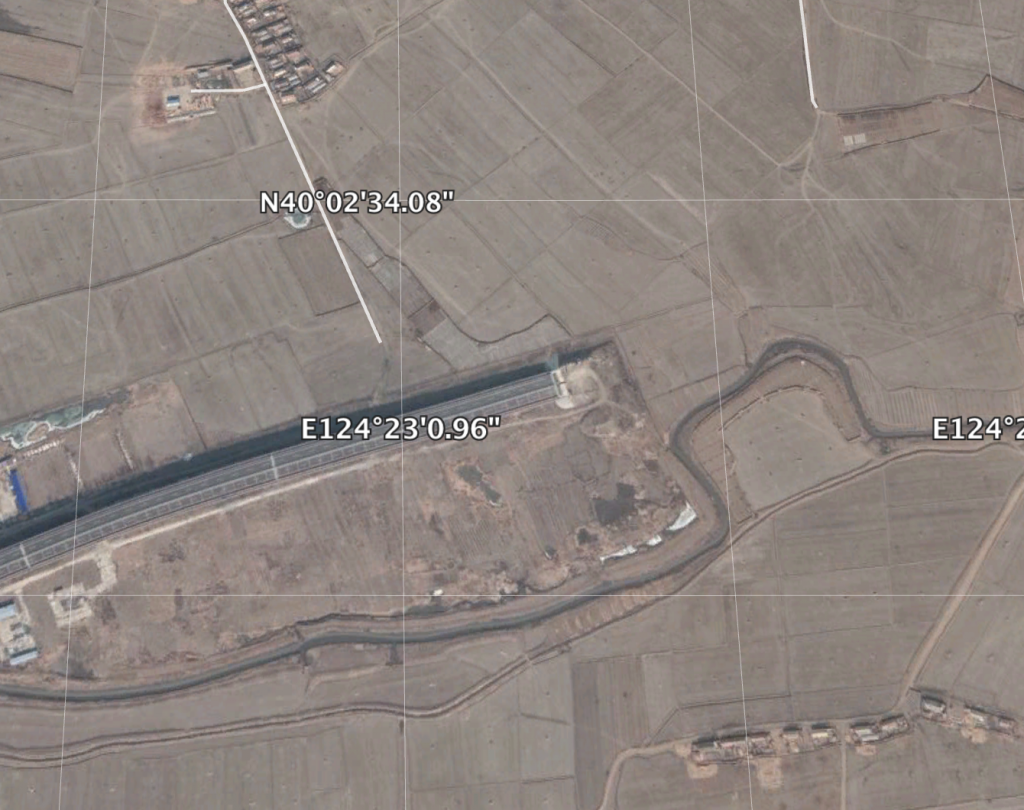Benjamin Katzeff Silberstein
The following is interesting if true, and it makes a great deal of sense. One of North Korea’s main challenges is diversifying itself away from the overwhelming reliance on China for trade and economic ties. It’s easier said than done, though, and a wise (from a North Korean point of view) strategic ambition is one thing; realizing it is entirely different. I’ve written elsewhere about the age-old North Korean aim of diversifying itself economically away from reliance on China. Still, not much has happened since Kim Jong-il’s speech in the 1990s…
Hankyoreh’s re-write of Mainichi Shimbun:
A document titled “National Economic Development Strategy (2016–2020)” that North Korea adopted in the 2016 congress of the Workers’ Party of Korea (WPK) stated that the country needs to become less dependent on China, the Japanese press has reported.Japanese newspaper the Mainichi Shimbun reported on Apr. 21 that the strategy document set the goal of achieving an average annual economic growth rate of 8% and proposed “reducing our reliance on China and expanding foreign trade in a number of areas, including Russia, Southeast Asia, and the Middle East.”
While this strategy was adopted in the 7th WPK Congress, held in May 2016, after a hiatus of 36 years, the specific details and figures in the strategy had not been previously disclosed. The Mainichi explained that the strategy document had recently been acquired by Cho Yun-yeong, a Korean-Japanese researcher on North Korea.This document said that China represented 71.6% of North Korea’s trade value in 2014; Russia, 4.2%; and Germany, 0.8%. “China accounts for an overwhelming share of trade. We’ve been unable to move away from our dependence on China,” the document said.
The solution posited by the document was the diversification of foreign trade.More specifically, North Korea set the goal of increasing the amount of its trade with Russia to US$1 billion by 2020. According to the latest estimate by the South Korean government, North Korea’s trade with Russia amounted to US$77.84 million in 2017. In other words, the North was seeking to increase its trade with Russia more than tenfold in the space of just four years.The Mainichi Shimbun also said the North Korean document proposed gaining funds needed for building hydroelectric plants from Russia, as well as technical cooperation for upgrading facilities such as the Kim Chaek Iron and Steel Complex and the Musan Iron Mine.
North Korea also appears to have drawn up a plan to attract investment from Russian companies in international tourism zones in Wonsan and Mt. Kumgang and an economic development zone in Chongjin, along the the East Sea, in order to “build a cooperative network for producing medical products on consignment, processing marine products and developing natural energy.”The Japanese newspaper predicted that economic cooperation between the two countries could be on the agenda of the summit between North Korean leader Kim Jong-un and Russian President Vladimir Putin, which is likely to be held in Vladivostok on Apr. 24. But given the failure of the second North Korea-US summit, in Hanoi, to live up to its expectations, it won’t be easy for the North to massively boost its trade with Russia, as it hopes to do.
Full article:
N. Korean document reveals strategy to decrease reliance on China, Japanese press reports
Cho Ki-weon
Hankyoreh
2019-04-22
And here’s the original article:
Documents obtained by a South Korean researcher have shed light on the full breadth of North Korea’s top-secret state economic development strategy for 2016 to 2020, including an 8% economic growth target and strengthened ties with Russia and other countries to break dependence on China.
The 157 pages of strategy documents, along with a Jan. 21 paper titled “Cabinet decision No. 2,” which presents North Korea’s agenda for this year, were obtained by Cho Yun-yong, a researcher on North Korea who formerly served as a Tokyo correspondent for South Korean news agency Newsis.
According to the documents, Pyongyang aims to achieve 8% annual economic growth through technological development and trade diversification. While the state economic development strategy had been presented at the seventh convention of the Workers’ Party of Korea in May 2016, its details and numerical targets were not publicly released.
The objectives outlined in the documents likely provided motivation for Pyongyang’s strong demand that economic sanctions on the country be lifted during a February summit between North Korean leader Kim Jong Un and U.S. President Donald Trump. They also likely played a part in the planned summit between Kim and Russian President Vladimir Putin later this month.
With regard to the current status of the North Korean economy, the strategy documents point to low output levels of electricity and coal and the failure to fulfill domestic demand for food supply and daily necessities. As measures to realize the economic development strategy, the documents cite technological development, trade diversification and the full introduction of a new economic management method, which implies de-facto economic reform.
Specifically, the strategy calls for a break from the North’s exclusive devotion to China and expansion of trade to Russia and other countries in Southeast Asia and the Middle East. In particular, the initiative aims to boost the amount of trade with Russia to 1 billion dollars (about 110 billion yen) by 2020. The figure is more than 10 times the North Korea-Russia trade value of 77.84 million dollars in 2017, as reported in South Korean statistics.
The five-year strategic plan also suggests having Russia provide North Korea with the funds necessary to build hydroelectric plants and other facilities, as well as technological cooperation for revamping the Kim Chaek Iron and Steel Complex and the Musan Mine.
Furthermore, the economic strategy proposes inviting investment from Russian companies for special economic zones along the Sea of Japan. These proposals may become topics for discussion at the upcoming summit between Kim Jong Un and Russian President Putin.
Article source:
Docs shed light on scope of N. Korean development strategy through 2020
Koichi Yonemura
Mainichi Shimbun
2019-04-20


